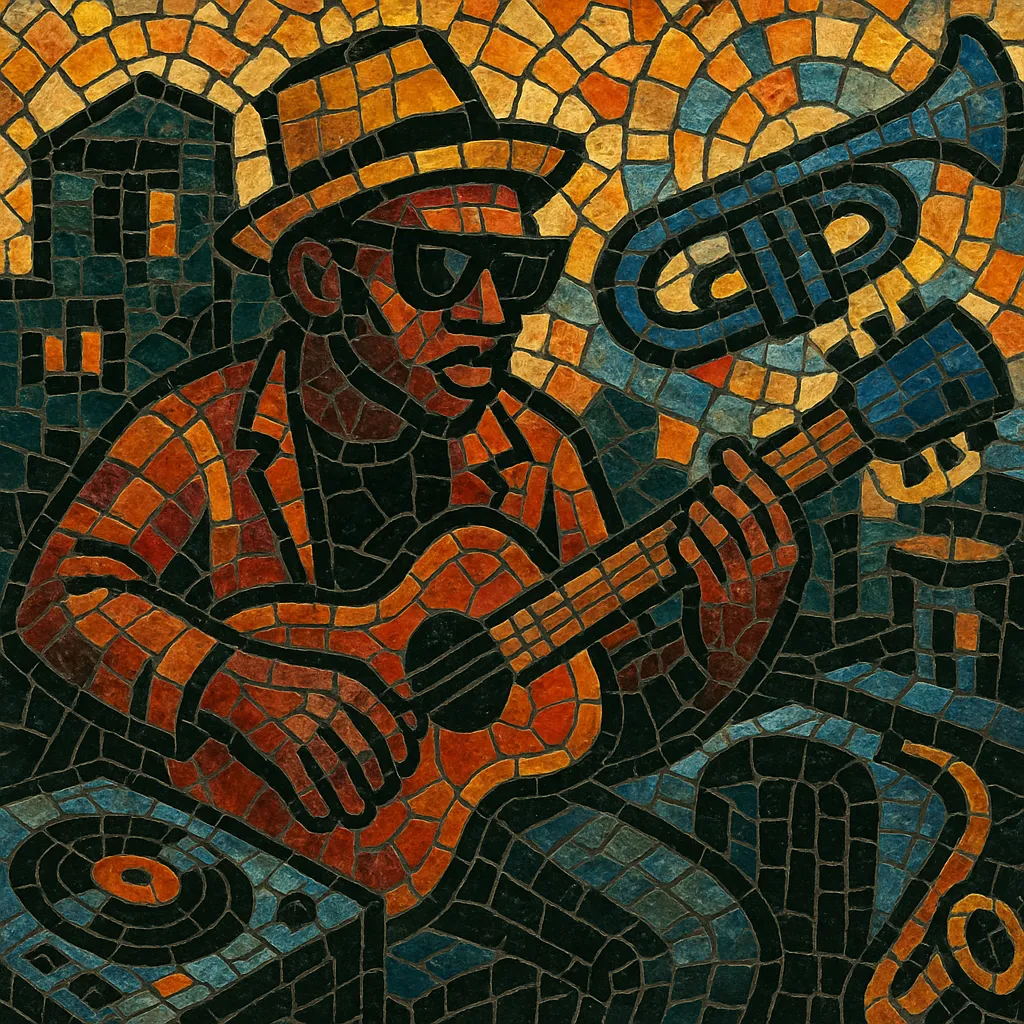
Ghetto funk is a mid‑tempo, breakbeat-driven style that fuses classic funk, soul, and disco samples with modern bass music sound design. It typically sits around 100–112 BPM and pairs swinging drum breaks with chunky, wobbling basslines and hip‑hop style vocal chops.
Emerging from the UK’s breaks and nu‑funk scenes, the genre celebrates crate‑digging aesthetics—horn stabs, guitar licks, talkbox hooks—while using contemporary production tools like aggressive saturation, multiband compression, and LFO‑modulated bass. The result is party‑ready, DJ‑friendly tracks that feel both retro and fresh: the attitude of hip hop, the groove of funk, and the weight of modern bass music.
Ghetto funk crystallized in the late 2000s and broke out in the early 2010s in the United Kingdom. It grew out of the UK breaks scene and the global nu‑funk community, where DJs were already blending classic funk and soul with hip‑hop and breakbeat energy. Producers began pushing the formula with heavier, dubstep‑influenced bass design and a mid‑tempo stride around 100–112 BPM, distinguishing the sound from faster breakbeat styles.
Around 2010, a UK‑based label and a network of blogs, forums, and Bandcamp collectives popularized the term “ghetto funk.” The scene thrived on bootleg edits, sample‑based remixes, and DJ‑ready versions of funk and soul classics, circulating quickly via SoundCloud and DJ pools. International artists from Canada, Australia, mainland Europe, and the US joined the wave, helping the sound spread across festivals and club circuits.
The defining aesthetic combined crate‑digging (horns, clavinet riffs, disco strings) with modern bass techniques (wobbles, resampled reese basses, and tight sidechaining). Arrangements were crafted for DJs: clear intros/outros, punchy drops, call‑and‑response hooks, and turntablist flourishes. This balance of retro flavor and contemporary heft made the tracks instantly functional on dancefloors.
As the decade progressed, ghetto funk fed into and overlapped with midtempo bass and glitch‑hop ecosystems. While the name became less ubiquitous, its sonic DNA—swinging breaks, chunky funk samples, and bass‑forward sound design—continued influencing mid‑tempo bass music, funk‑leaning EDM hybrids, and contemporary DJ edit culture.

